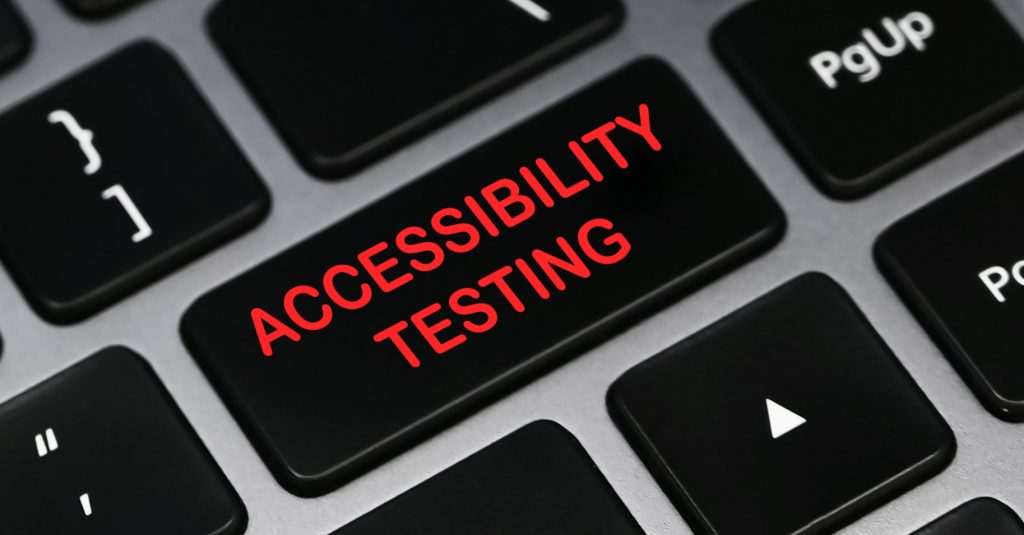A website accessibility checker can be one of the most critical tools in ensuring your business follows the law and avoids costly lawsuits. This article will look at what you need to know about how this tool can help you stay compliant with accessibility standards.
Development Of Accessibility Laws In The United States
Many laws in the United States require public and private entities to provide equal access to information and services. Over the years, these requirements have been extended to cover technology-related activities. So, if you’re an organisation with an online presence for years, you might want to check your website for accessibility. This is to ensure that your website is still compliant with applicable laws.
Here’s a brief timeline of how US accessibility legislation has evolved through the years:
- The Rehabilitation Act Of 1973
This act protects against discrimination against individuals with disabilities. It says that no qualified person with a disability should be exempt from participation in or denied the benefits of any program or activity receiving federal financial assistance because of his/her disability.
- The Technology-Related Assistance Act For Individuals With Disabilities Of 1988
This law prioritised the funding of state and local governments in procuring assistive technology-related products.
- The Americans With Disabilities Act Of 1990
This is one of the most popular laws that define disability broadly and prohibits discrimination against people with disabilities. ADA website compliance has become crucial for businesses these past few years as many are now going digital. Besides, several companies are getting hit with huge lawsuits due to non-compliance.
- National Federation Of The Blind (NFB) Vs. Target Corporation
This landmark case in 2006 is considered the first time a retailer was held accountable for web accessibility. NFB won and forever changed the concept of ‘place of public accommodation’ under Title III of the Americans with Disabilities Act (ADA) by including the internet and websites.
- The 21st Century Communications And Video Accessibility Act (CVAA)
This legislation focused on two specific areas—telecommunication access and video programming. Telecommunications required all advanced communications products and activities to ensure that their communications are accessible to people with disabilities. In the video arena, one policy CVAA mandated was to include closed captions for all TV shows distributed on the internet.
- Web Content Accessibility Guidelines (WCAG) 2.0
Web Content Accessibility Guidelines (WCAG) 2.0 is an extension of Section 508 of the Rehabilitation Act. The document explains how developers and designers create web content that is more accessible to people with disabilities.
These web accessibility standards are from the World Wide Web Consortium (W3C). One key area of this document is considering people with disabilities who use assistive technologies like screen readers or text-to-speech software.These events shaped legal compliance when designing websites. A website accessibility checker ensures this compliance by testing for potential barriers that might prevent some users from accessing the site.
What Is A Website Accessibility Checker?
A website accessibility checker is a tool to ensure compliance with laws such as the ADA. It works by scanning websites and comparing them against WCAG 2.0 to provide guidance on making websites more accessible for disabled users.
Why Check Your Website For Accessibility Compliance?
To avoid possible legal issues, it’s vital to comply with federal and state laws regarding the accessibility of your website for persons with disabilities. By failing to check your site, you run the risk of being sued in court for discrimination.
You can take some simple steps to determine if your website is legally compliant. One is by using a website accessibility checker. This is a tool to scan a website and identify areas that may not comply with the law. If a website is determined inaccessible to everyone, it could be subject to legal action.
Many website accessibility checkers are easy to use as they would only require you to type your website URL on a Get Your Results bar or something similar. After 20 to 30 seconds, you may get your accessibility report PDF. These reports are analysed through artificial intelligence to increase their accuracy so companies know what to change so their site can meet requirements.
Some websites will also let users know what needs to be done by highlighting specific elements. Upon clicking, codes indicating flagged elements will pop up. They will also check for common accessibility problems like alt text on images or page titles that are too long and hard to read. Should several things need to be fixed, some tools offer information about where you should start first based on the severity of each issue.
Get Solution
After the audit, it’s critical to address any errors and correct them. This part may require you to get help from a developer or web designer.
You can also hire a professional accessibility consultant to assist with compliance issues. These consultants are experts in things related to website accessibility and know-how to take care of these types of errors. Consulting services vary widely depending on what is required by law. Be sure to ask questions before signing anything with them.
Other Reasons For Using A Web Accessibility Checker
Using an accessibility checker has many advantages aside from identifying possible legal risks. Some of these are as follows:
- Being proactive when updates are necessary
- Provides valuable insight into how you can make your website a better experience for customers and employees
- Inclusivity
Overall, an accessibility checker can set your mind at ease that you’re fulfilling an important responsibility and offering a more inclusive experience to all users.
Any company needs to look beyond legal compliance when choosing an accessibility checker, such as their reputation or the detailed information on remediation they offer. Ensuring your business’s compliance with existing standards is essential to prevent fines and protect your credibility.
Conclusion
A website accessibility checker is a crucial tool for ensuring legal compliance. By checking WCAG 2.0 guidelines, you can ensure that your website is accessible to everyone. This is important for legal compliance and to ensure that your website is usable by everyone.
[ymal]





















